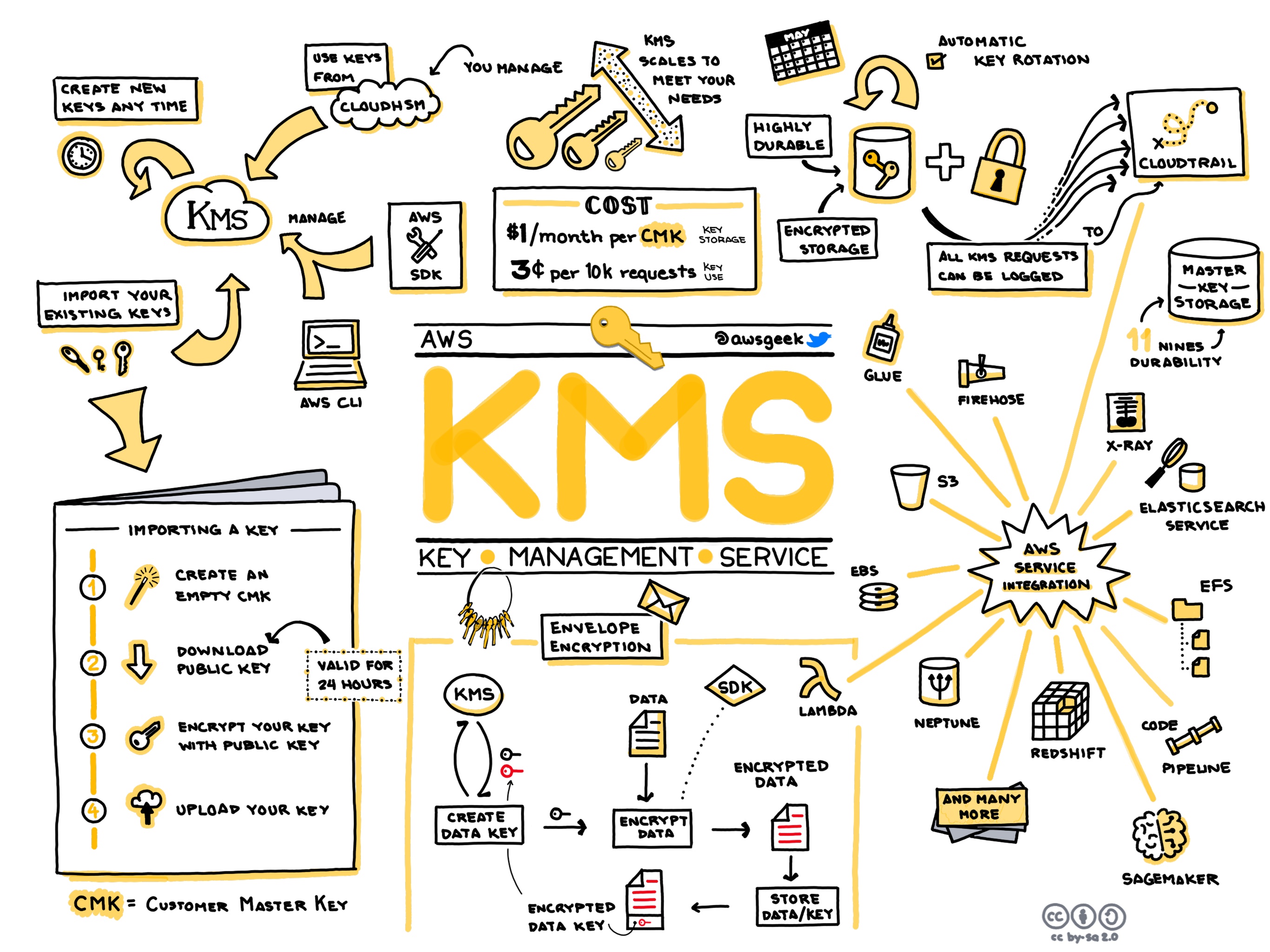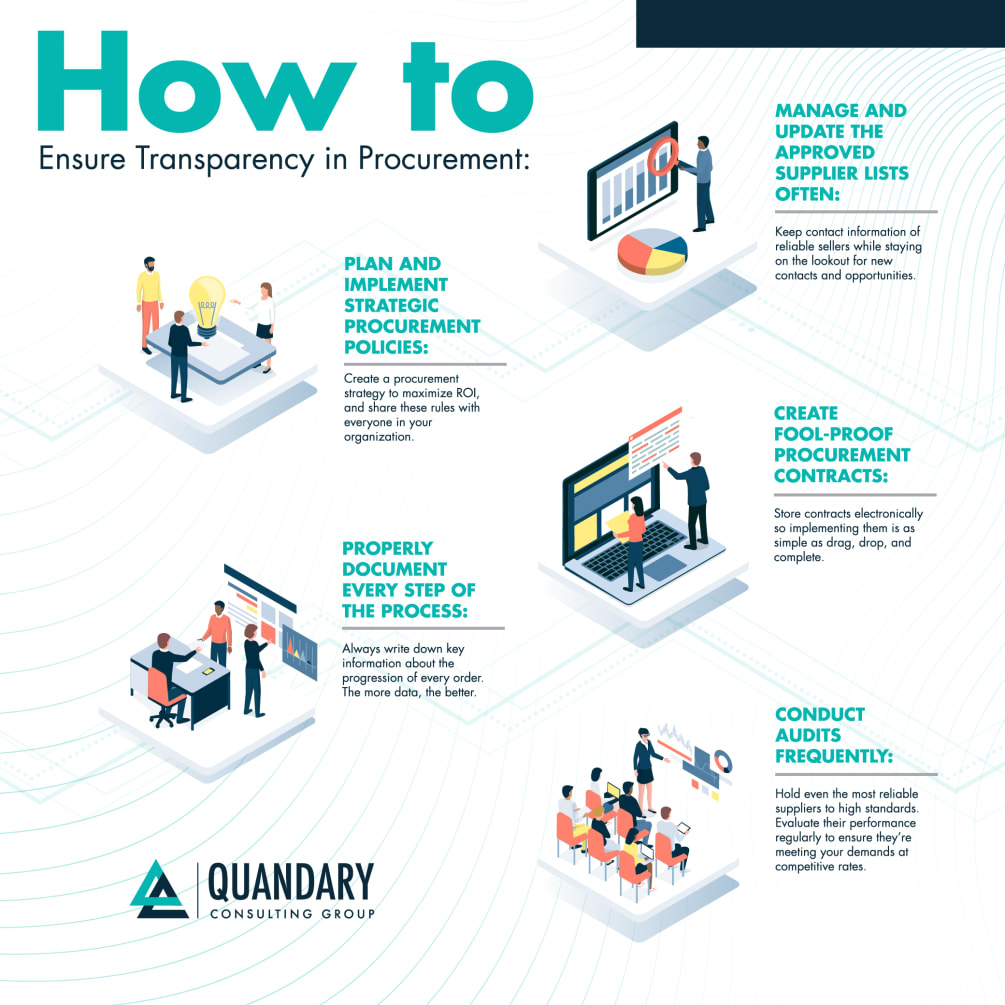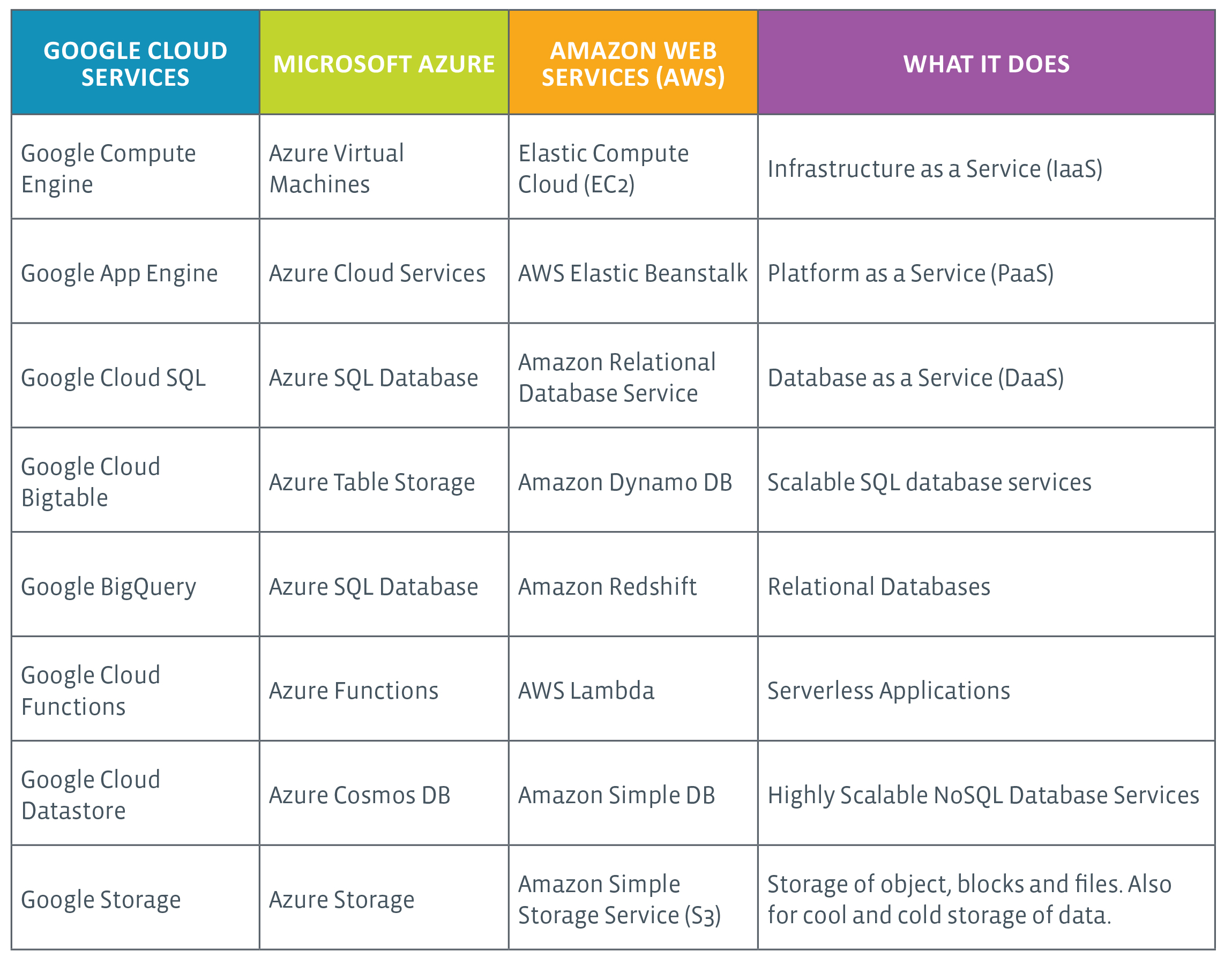Understanding the Basics of KMS Cost
Key Management Service (KMS) is a crucial component of cloud-based data security, providing a centralized and secure way to manage encryption keys. Understanding the cost associated with KMS is essential for businesses and individuals who rely on cloud services to protect their sensitive data. KMS cost can vary depending on several factors, including the number of keys managed, the type of encryption used, the volume of data encrypted, and the level of security required. KMS is designed to simplify the process of creating and managing encryption keys, which are essential for protecting data in the cloud. By using KMS, organizations can ensure that their encryption keys are securely stored, easily accessible, and can be rotated or revoked as needed. This helps to mitigate the risk of data breaches and ensures compliance with various industry regulations and standards.
Knowing the cost associated with KMS is crucial for businesses and individuals to budget and plan their cloud infrastructure effectively. By understanding the factors that influence KMS cost, users can make informed decisions about their encryption needs and optimize their spending to ensure they are getting the best value for their money.
Factors Influencing KMS Cost
The cost of Key Management Service (KMS) can be influenced by a variety of factors, and understanding these factors is crucial for businesses and individuals to effectively manage their cloud infrastructure costs. One of the primary factors that can impact KMS cost is the number of encryption keys that need to be managed. The more keys a business or individual needs to manage, the higher the associated KMS cost will be. This is because each key requires secure storage, access control, and rotation, all of which incur additional charges.
The type of encryption used can also affect KMS cost. Different encryption algorithms and key sizes can have varying levels of computational complexity, which can translate to higher or lower KMS costs. For example, using stronger encryption algorithms or longer key lengths may result in higher KMS costs, but can also provide stronger data protection.
The volume of data that needs to be encrypted is another important factor. The more data that is encrypted using KMS, the higher the overall KMS cost will be. This is because the cost of KMS is often tied to the amount of data being encrypted, with higher data volumes typically resulting in higher KMS costs.
Finally, the level of security required for the KMS implementation can also influence the overall cost. Businesses or individuals that require advanced security features, such as multi-factor authentication, audit logging, or hardware security modules, may incur additional KMS costs to ensure the highest levels of data protection.
By understanding these key factors that can impact KMS cost, businesses and individuals can make more informed decisions about their cloud infrastructure and encryption needs, ultimately optimizing their KMS spending and ensuring they are getting the best value for their money.
Optimizing KMS Cost: Strategies and Best Practices
Businesses and individuals can employ various strategies and best practices to optimize their Key Management Service (KMS) cost and ensure they are getting the most value from their cloud infrastructure investments. One of the key strategies for optimizing KMS cost is efficient key management. This involves regularly reviewing the number of encryption keys in use, archiving or deleting unused keys, and implementing automated key rotation policies. By streamlining the key management process, organizations can reduce the overall number of keys they need to manage, leading to lower KMS costs.
Another effective strategy is to explore cost-effective encryption methods. While stronger encryption algorithms and longer key lengths can provide enhanced data protection, they may also result in higher KMS costs. By carefully evaluating the balance between security requirements and cost, businesses can choose encryption solutions that meet their needs without unnecessarily inflating their KMS expenses.
Scaling KMS usage based on business needs is also crucial for optimizing costs. Organizations should regularly assess their data encryption requirements and adjust their KMS usage accordingly. This may involve scaling up during periods of high data volume or scaling down during periods of lower activity, ensuring that they only pay for the KMS resources they truly need.
Additionally, businesses can leverage the unique features and pricing models offered by different cloud service providers to further optimize their KMS cost. By comparing the KMS offerings and pricing structures of AWS, Microsoft Azure, Google Cloud Platform, and other providers, organizations can select the solution that best fits their budget and requirements.
By implementing these strategies and best practices, businesses and individuals can effectively manage and optimize their KMS cost, ensuring that they are getting the most value from their cloud infrastructure investments while maintaining robust data security.
Comparing KMS Cost Across Cloud Providers
When it comes to Key Management Service (KMS), the cost can vary significantly across different cloud service providers. Understanding these differences can help businesses and individuals make informed decisions about their cloud infrastructure and encryption needs. Amazon Web Services (AWS) offers its own KMS solution, AWS KMS, which is integrated with many of the company’s other cloud services. AWS KMS pricing is based on the number of requests made, the volume of data encrypted, and the number of customer master keys (CMKs) used. AWS also offers a free tier that provides a certain number of free requests and data encryption per month.
Microsoft Azure, on the other hand, has its own Key Vault service, which provides key management and other cryptographic capabilities. Azure Key Vault pricing is based on the number of transactions, the amount of data stored, and the number of HSM-backed keys used. Azure also offers a free tier with a limited number of free transactions per month.
Google Cloud Platform (GCP) provides Cloud Key Management Service (Cloud KMS) for managing encryption keys. GCP’s KMS pricing is based on the number of keys managed, the number of key versions, and the volume of data encrypted. GCP also offers a free tier with a limited number of free key operations per month.
When comparing KMS cost across these cloud providers, it’s important to consider not only the pricing models but also the unique features and capabilities of each service. For example, AWS KMS offers integration with a wide range of AWS services, while Azure Key Vault provides advanced security features like hardware security modules (HSMs). GCP Cloud KMS, on the other hand, may offer more granular control and customization options for key management.
By understanding the differences in KMS cost and features across cloud providers, businesses and individuals can make more informed decisions about which solution best fits their specific requirements, budget, and long-term goals.
How to Calculate and Manage KMS Cost
Calculating and managing the cost of Key Management Service (KMS) is crucial for businesses and individuals to ensure they are getting the most value from their cloud infrastructure investments. By understanding the factors that influence KMS cost and implementing effective cost management strategies, organizations can optimize their spending and maintain robust data security. To calculate the KMS cost for your organization, start by considering the following key factors:
Number of encryption keys: The more keys you need to manage, the higher the associated KMS cost will be. Keep track of the number of customer master keys (CMKs) and other keys used in your KMS implementation.
Volume of data encrypted: The amount of data that is encrypted using KMS can directly impact the overall cost. Assess the total volume of data that requires encryption and how it may fluctuate over time.
Encryption algorithms and key sizes: The type of encryption used, such as the algorithm and key length, can affect the computational complexity and, consequently, the KMS cost.
Security features: Advanced security features, like multi-factor authentication, audit logging, and hardware security modules (HSMs), may incur additional KMS costs to ensure the highest levels of data protection.
Cloud provider pricing models: Understand the unique pricing structures of different cloud service providers, such as AWS, Microsoft Azure, and Google Cloud Platform, and how they may impact your KMS cost.
To effectively manage KMS cost, consider the following strategies:
Regularly review and optimize key management: Continuously assess the number of keys in use, archive or delete unused keys, and implement automated key rotation policies to minimize the number of keys that need to be managed.
Leverage cost-effective encryption methods: Balance security requirements with cost by evaluating the use of more efficient encryption algorithms and key sizes that still meet your data protection needs.
Scale KMS usage based on business needs: Adjust your KMS usage in response to changes in data volume or encryption requirements, ensuring you only pay for the resources you truly need.
Utilize cost-tracking tools and calculators: Leverage the cost-tracking tools and calculators provided by cloud service providers to monitor and forecast your KMS expenditure.
Optimize across cloud providers: Compare the KMS offerings and pricing models of different cloud providers to identify the most cost-effective solution for your organization.
By following these steps, businesses and individuals can effectively calculate and manage their KMS cost, ensuring they are getting the best value for their money while maintaining robust data security.
Real-World KMS Cost Scenarios and Examples
Understanding how businesses have successfully managed and optimized their Key Management Service (KMS) cost can provide valuable insights and best practices for organizations looking to improve their cloud infrastructure spending. Let’s explore some real-world KMS cost scenarios and examples. One case study involves a mid-sized e-commerce company that experienced a significant increase in its KMS cost due to a rapid expansion of its online operations. The company’s data encryption requirements grew exponentially, leading to a corresponding rise in the number of encryption keys they needed to manage. By implementing a comprehensive key management strategy, the company was able to streamline its KMS usage and reduce its overall cost.
The key steps the company took included:
Regularly reviewing and archiving unused encryption keys to minimize the total number of keys managed.
Adopting more cost-effective encryption algorithms and key sizes that still met their security requirements.
Scaling KMS usage in line with their actual data encryption needs, rather than over-provisioning.
Leveraging the cost-tracking tools provided by their cloud service provider to monitor and forecast their KMS expenditure.
As a result, the company was able to reduce its KMS cost by over 30% while maintaining the same level of data protection.
Another example is a large financial institution that required a highly secure and compliant KMS solution to protect its sensitive customer data. The organization initially opted for a premium KMS offering from a leading cloud provider, which provided advanced security features like hardware security modules (HSMs) and multi-factor authentication.
However, after a thorough cost analysis, the financial institution realized that the premium KMS solution was not entirely necessary for their specific use case. By carefully evaluating their security requirements and exploring alternative KMS offerings, the organization was able to find a more cost-effective solution that still met their compliance and data protection needs, ultimately reducing their KMS cost by nearly 20%.
These real-world examples demonstrate the importance of implementing strategic KMS cost management practices, such as efficient key management, cost-effective encryption methods, and right-sizing KMS usage to business needs. By learning from the experiences of other organizations, businesses can develop effective strategies to optimize their KMS cost and ensure they are getting the best value from their cloud infrastructure investments.
Choosing the Right KMS Solution for Your Needs
Navigating the Key Management Service (KMS) landscape can be a daunting task, especially when it comes to selecting the most suitable solution for your organization’s specific requirements and budget. By considering a range of factors, businesses and individuals can make informed decisions that optimize their KMS cost while ensuring robust data security. One of the key factors to consider when choosing a KMS solution is the level of security and compliance required. Organizations operating in highly regulated industries or handling sensitive data may need advanced security features, such as hardware security modules (HSMs) and multi-factor authentication. These premium security capabilities often come with a higher price tag, so it’s essential to carefully evaluate the balance between security needs and cost.
Another important factor is the integration and compatibility of the KMS solution with your existing cloud infrastructure and other business applications. Seamless integration can streamline key management processes, improve operational efficiency, and potentially reduce overall KMS cost. Look for KMS offerings that provide native integration with the cloud service providers or software platforms you’re already using.
The scalability and flexibility of the KMS solution should also be a consideration. As your business grows or your data encryption requirements change, you’ll want a KMS that can easily scale up or down to meet your evolving needs. Opt for a solution that offers flexible pricing models and the ability to adjust key management resources as required.
Additionally, the user-friendliness and administrative capabilities of the KMS solution can impact its overall cost-effectiveness. Solutions with intuitive interfaces, robust key management tools, and comprehensive monitoring and reporting features can help reduce the time and resources required to manage your KMS, ultimately lowering the total cost of ownership.
By carefully evaluating factors such as security, integration, scalability, and usability, businesses and individuals can select the KMS solution that best fits their specific requirements, budget, and long-term goals. This strategic approach can help organizations optimize their KMS cost while ensuring the protection of their sensitive data.
Staying Ahead of the Curve: Future Trends in KMS Cost
As the digital landscape continues to evolve, the Key Management Service (KMS) space is poised to undergo significant changes that may impact the cost of these critical data security solutions. By understanding the potential future trends and developments in the KMS industry, businesses and individuals can better prepare for the changes ahead and ensure they are getting the most value from their cloud infrastructure investments. One of the key trends that is likely to shape the future of KMS cost is the ongoing advancements in encryption technology. As new and more secure encryption algorithms and key sizes emerge, the computational complexity and resource requirements for KMS may change. This could lead to either higher or lower KMS costs, depending on the specific technological developments and their impact on cloud service providers’ pricing models.
Additionally, changes in cloud pricing models and the competitive landscape among major cloud service providers, such as AWS, Microsoft Azure, and Google Cloud Platform, may significantly influence the cost of KMS. As these providers continue to innovate and refine their offerings, they may adjust their pricing structures to remain competitive, potentially leading to more cost-effective KMS solutions for businesses and individuals.
Another factor that could impact KMS cost in the future is the evolving regulatory landscape and compliance requirements. As data privacy and security regulations become more stringent, organizations may be required to implement more robust encryption and key management practices, which could translate to higher KMS costs. However, cloud service providers may also respond by developing more cost-effective KMS solutions that meet these regulatory requirements.
Furthermore, the increasing adoption of edge computing and the Internet of Things (IoT) may introduce new challenges and opportunities in the KMS space. As more devices and endpoints require secure key management, cloud service providers may need to adapt their KMS offerings to accommodate these emerging use cases, potentially leading to new pricing models and cost structures.
By staying informed about these potential future trends and developments in the KMS industry, businesses and individuals can make more informed decisions about their cloud infrastructure investments and ensure they are well-positioned to navigate the evolving landscape of data security and encryption costs.






